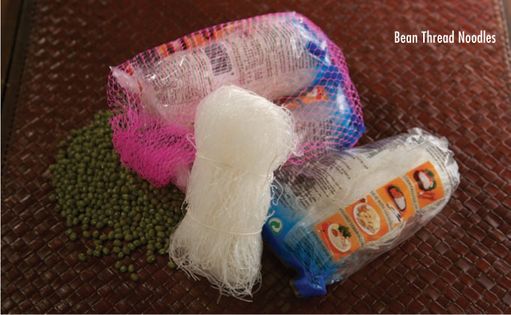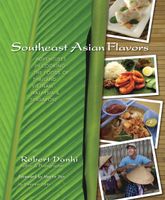Advertisement
Bean Thread Noodles
By Robert Danhi
Published 2008

Referred to by many names, such as mung bean noodles, cellophane noodles, or glass noodles, these filaments are made from the starch of ground mung beans. They are used in Thai Cellophane Noodle Salad, Yum Woon Sen, incorporated into spring roll fillings, or as a textural treat in soups. Buy them packed in small bundles, as they are much easier to manage. Large packs need to be cut with scissors, and inevitably small pieces fly around the kitchen. They are cooked by pouring boiling water over them, completely covering, and letting them soak for five to eight minutes until they are elastic and transparent. Drain and rinse them under cool water before serving. In contemporary kitchens they are often deep-fried while still dry into light, brilliant, white nests of crunchy noodles for an edible garnish. Thailand: woon sen; Vietnam: miến; Malaysia and Singapore: tung fen


